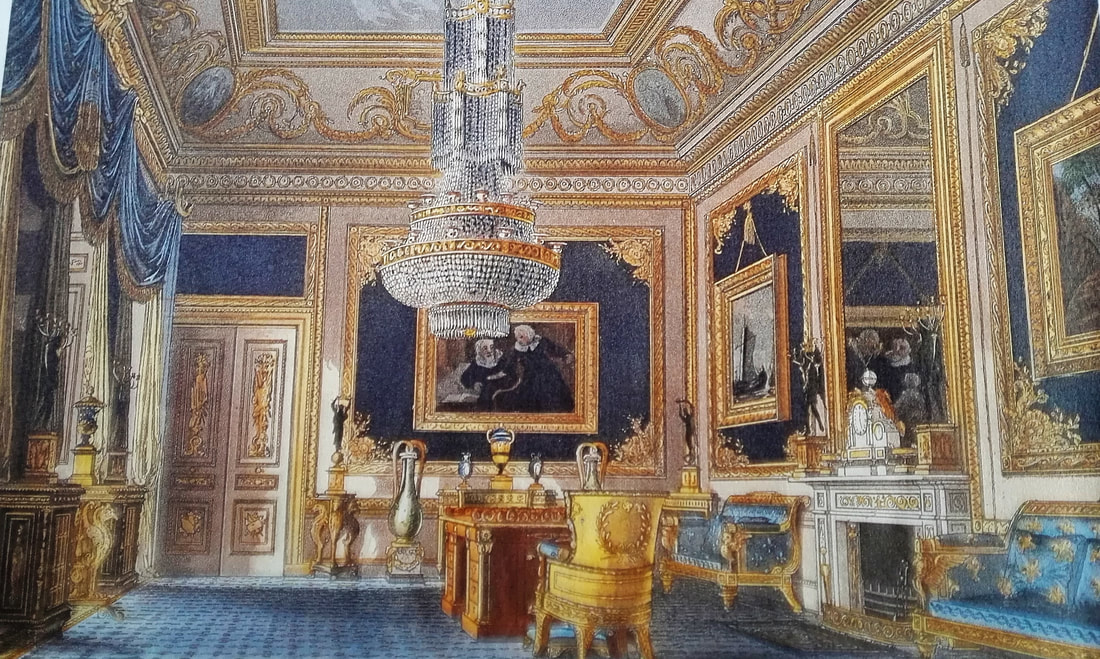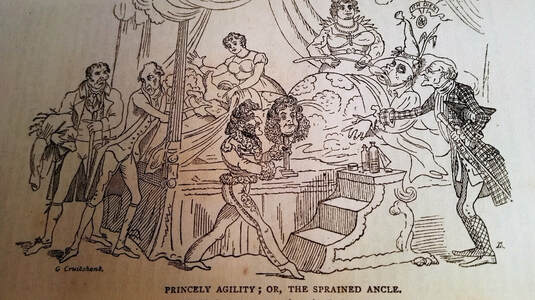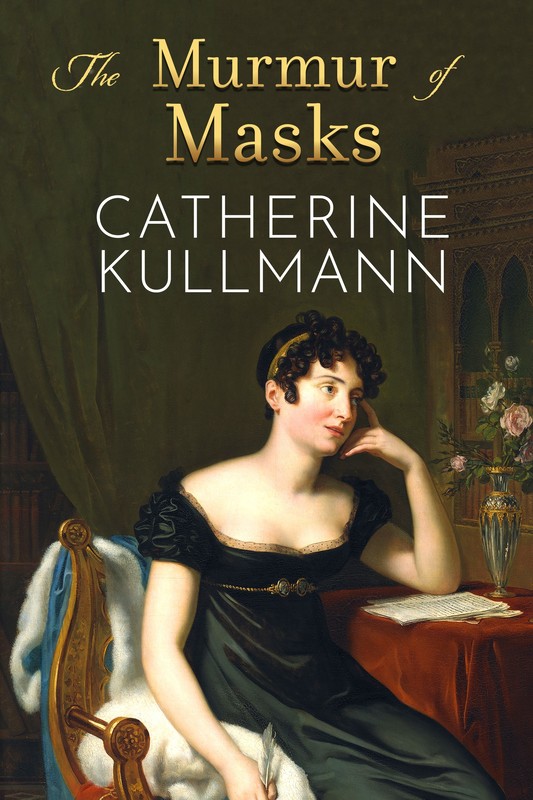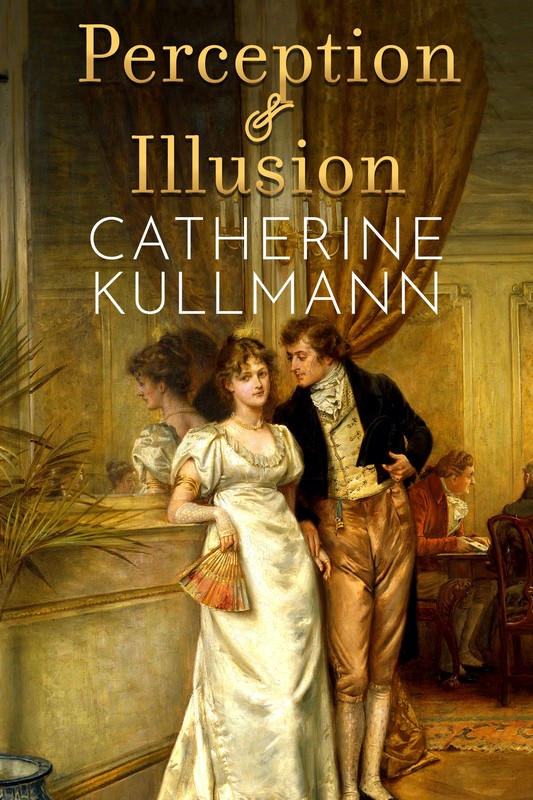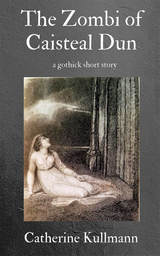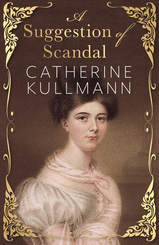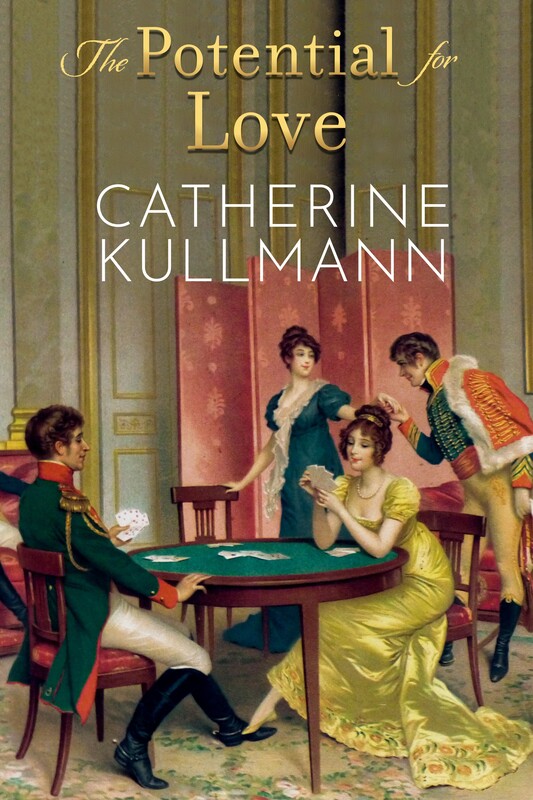The Regency Act was passed in January 1811 and on 6 February the Prince of Wales was appointed Prince Regent in place of his father King George III, swearing to be ‘faithful and bear true allegiance’ to the king, to maintain ‘the safety, honour and dignity’ of the king and ‘the welfare of his people’ and to uphold the Protestant religion. Although prior to this the Prince had supported the oppositional Whigs, to their disappointment and disgust he now insisted on ‘maintaining his father’s cabinet,” as the Whig MP, Thomas Creevey put it. Although the King’s health continued to deteriorate, to the extent that on 12 July Creevey wrote that that he was expected to die before 22 August, the day on which Parliament was supposed to resume sitting, the Regent’s main efforts in the first six months of his tenure appear to have been focussed on the magnificent midsummer fête he held at his residence Carlton House on 19 June. About two thousand guests were invited to this sumptuous feast, where a real stream purled between floral banks down the length of the main table, affording those privileged to sit there with glimpses of the silver and gold fish that swam therein.
So keen was he to display this magnificence that for three days afterwards, tickets were issued permitting visitors to visit Carlton House On the final day some thirty-thousand availed themselves of this privilege.
So keen was he to display this magnificence that for three days afterwards, tickets were issued permitting visitors to visit Carlton House On the final day some thirty-thousand availed themselves of this privilege.
Conspicuously absent from these festivities was the Regent’s wife, the Princess of Wales. If ever there was a match made in hell, it was theirs. Bribed by the promise of having his personal debts of £630,000 (roughly £48 million today) repaid, in April 1795 he married his cousin Caroline, daughter of the Duke of Brunswick. The couple met for the first time on their wedding day and the Prince’s reported response to the sight of his bride was “Harris, I am not well. Pray get me a glass of brandy.”
They had already separated before the birth in January 1796 of their only child, Princess Charlotte. In 1811, the princess lived with her mother at Kensington. In November 1811 however, the Prince Regent is recorded as leading off the dance with his daughter at a party given by the Duchess of York at Oatlands. According to the Morning Chronicle, he ‘gave his leg a twist and sprained his ankle’ while dancing. This injury required him to recuperate at Oatlands for almost a month. Nobody believed in the sprain; the most popular story being that he had grossly insulted Lady Yarmouth at the ball and been soundly thrashed by her husband.
They had already separated before the birth in January 1796 of their only child, Princess Charlotte. In 1811, the princess lived with her mother at Kensington. In November 1811 however, the Prince Regent is recorded as leading off the dance with his daughter at a party given by the Duchess of York at Oatlands. According to the Morning Chronicle, he ‘gave his leg a twist and sprained his ankle’ while dancing. This injury required him to recuperate at Oatlands for almost a month. Nobody believed in the sprain; the most popular story being that he had grossly insulted Lady Yarmouth at the ball and been soundly thrashed by her husband.
At the same time there was unrest among the working classes, in particular among the textile workers of Nottingham many of whom had lost their employment, partly because of a decrease in demand and partly due to the introduction of labour-saving automated looms and knitting machines. Claiming to be following orders from a ‘General Ludd’, called after an apprentice, Ned Ludd, who was alleged to have wrecked a machine some decades before, In November 1811 the Luddites embarked on a campaign of intimidation and machine breaking that was to last for over a year and see dozens hanged or transported to Australia.
But just as the protestors were unsuccessful in blocking the march of technology, so were the authorities unable to prevent workers from continuing to fight for better pay and working conditions. Although it would take a century, eventually Labour would replace the Whigs (by then known as the Liberals) as one of the two major parties in the UK parliament.
But just as the protestors were unsuccessful in blocking the march of technology, so were the authorities unable to prevent workers from continuing to fight for better pay and working conditions. Although it would take a century, eventually Labour would replace the Whigs (by then known as the Liberals) as one of the two major parties in the UK parliament.
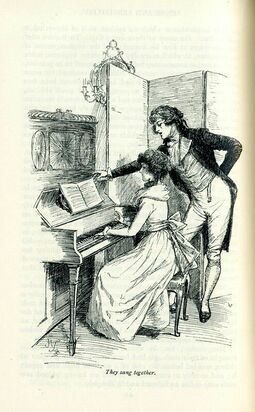 Willoughby and Marianne from Sense and Sensibility
Willoughby and Marianne from Sense and Sensibility One significant event in 1811 passed without fanfares of any sort. In June, Jane Austen wrote to her sister Cassandra, “No, indeed, I am never too busy to think of S&S. I can no more forget it, than a mother can her sucking child; & I am obliged to you for your enquiries. I have had two sheets to correct, but the last only brings us to W.s first appearance.” It fact it was to be October before Sense and Sensibility was published, introducing to readers the author we associate most with the Regency era.
On the continent, the French and allied troops warred in Spain, here a victory and there a defeat with the year ending in stalemate. Meanwhile in Paris, Napoleon’s second wife, the Empress Marie-Louise, gave birth to his long-desired son, Napoleon François Charles Joseph Bonaparte who was given the title of King of Rome.
Please scroll down to read previous posts in this Blog Series or click on The Regency Decade under Blog Categories above on the right.
Please scroll down to read previous posts in this Blog Series or click on The Regency Decade under Blog Categories above on the right.
